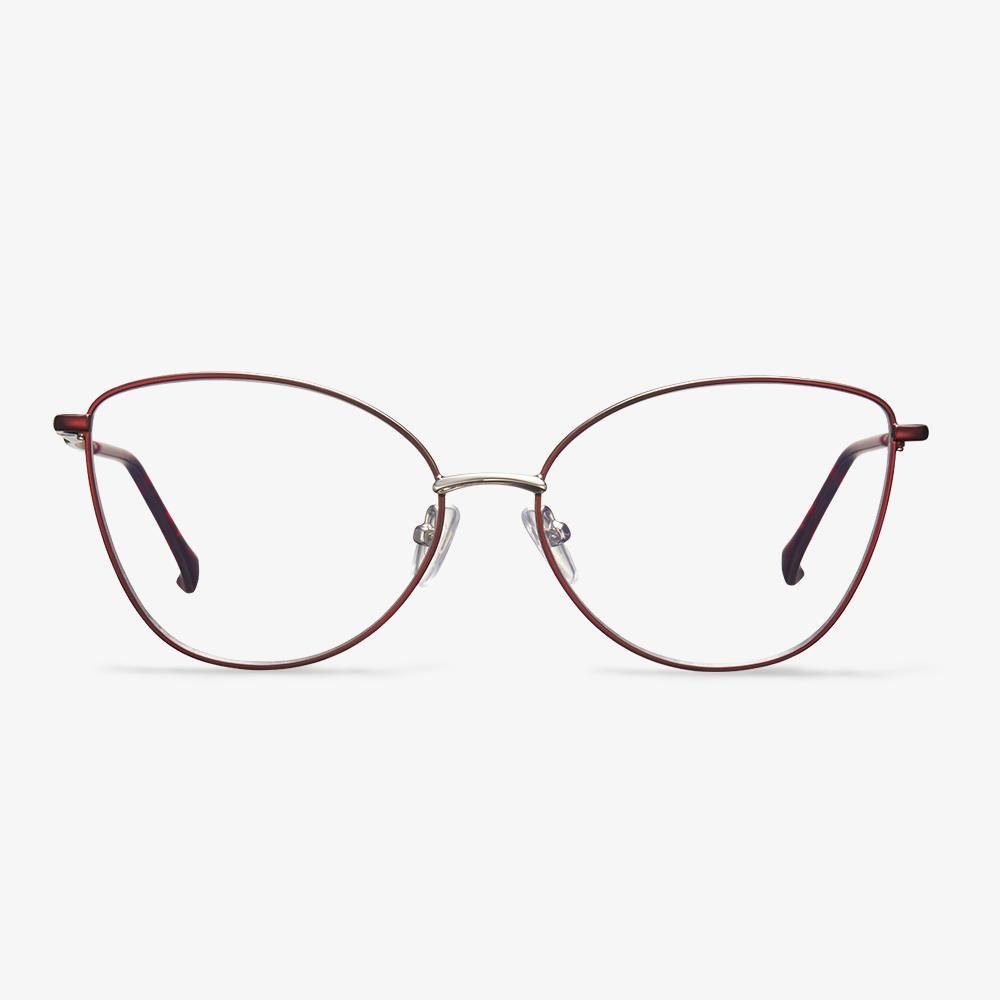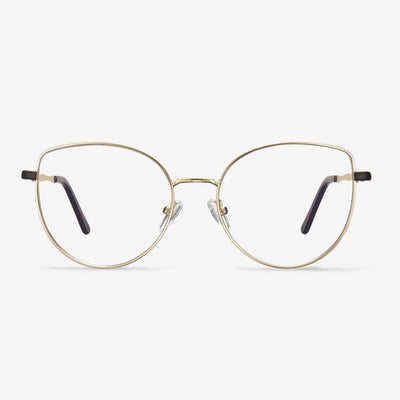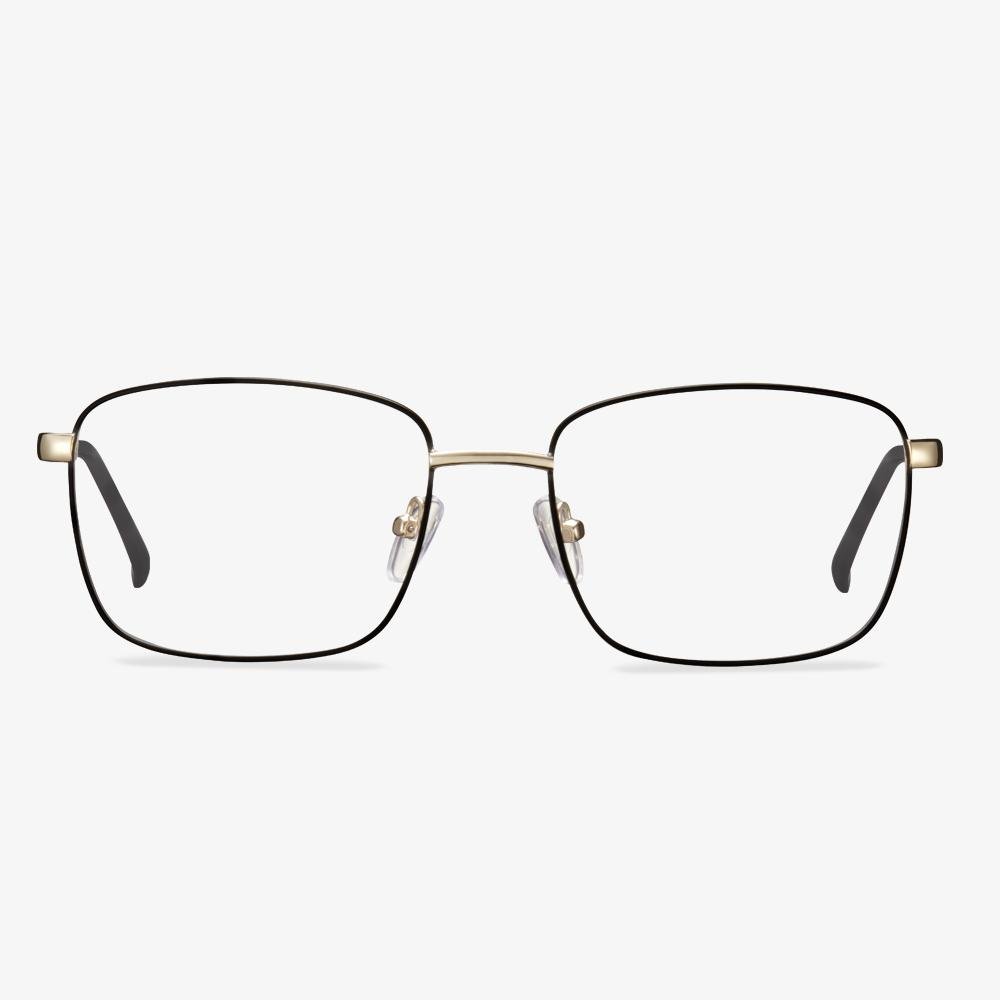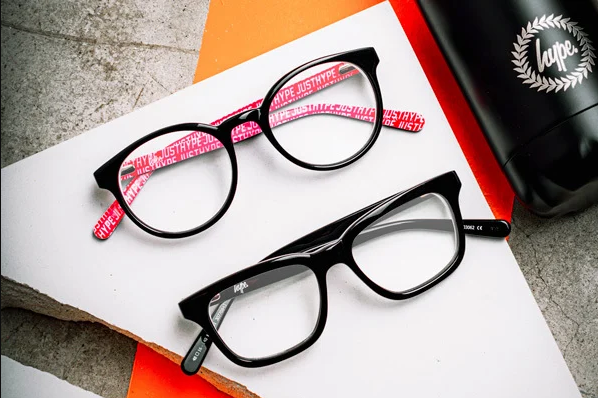What Are Progressive Lenses?
Your eyes change with your age. When your reach your 40s, you may find that it is difficult for you to focus between a book, a website on a computer screen and the conference room whiteboard. Progressive lenses are growing in popularity among people who need help seeing near, far and in-between.
Progressive lenses have grown in popularity and are one of the most common solutions to treat vision loss that occurs with age or presbyopia. Progressive lenses have a seamless increase in magnification from the top to the bottom of the lens, helping you see clearly at all distances with just one pair of glasses. The top portion of the lens enables you to see the far-away objects, the middle portion of the lens enables you to focus on the intermediate objects and the bottom to see objects close-up. The prescription changes little by little across the lens surface providing a gentle transition.
After knowing what the progressive lenses are, do you know what are the pros and cons of progressive lenses? If not, keep on your reading and we will show you some information.
Basic principles of progressive lenses
The surface of the progressive slice is divided into five regions. There are far, middle, and near optical areas. They are respectively corresponding to see distant objects, middle distance objects in the near distance objects. One pair of glasses is multi-purpose. In appearance, it is not very different from regular lenses. There is no clear dividing line. Distal use area: The area above the progressive slice is the distal use area, which is used to correct the distal refractive error. Proximity area: from the matching lens cross down, the refractive power of the lens continuously increases the positive degree, which is used to see close objects. Gradient area: The channel connecting the far and near areas. It is an area of regular change from top to bottom, used for transitioning and seeing objects at intermediate distances. The length of the gradient is very important for the wearer's adaptation. The rate at which the degree of gradient changes is called gradient. The gradient can be uniform or variable. Peripheral area: Changes in the surface curvature of the lens will lead to aberrations in the peripheral areas on both sides of the lens, mainly astigmatism and prism effect, which will interfere with a vision to a certain extent, resulting in blurred vision or distortion. And it will affect the wearer's adaptation to the progressive lens.
Harmony Eyecare
The mission of Harmony Eyecare is to create an unforgettable eye care experience for every patient by providing unmatched customer service, comprehensive patient education, and superior product quality. Providing the highest quality lenses and craftsmanship, their state-of-the-art, the professional lab provides the latest lens technology and generous warranties. There are plenty of options with price designer frames to fit every budget.
Can you get your new eyeglasses in a day online?
Yes, it is possible to have an eye exam and prescription glasses on the same day. But unless it's an emergency, you'd better wait a few days and then buy the best glasses you need. Not all glasses are available within an hour or on the day of your eye exam.
KoalaEye Gold rimless glasses - Lilac
The rimless frames focus on lightness, reducing the pressure on the wearer and increasing comfort. The rimless era says goodbye to the shackles of the frame. The pair of glasses are suitable for all face sizes. Free and comfortable, unique texture makes your temperament unique, gentle elegant, and charming. The radian is beautiful, and the craft is exquisite, in accordance with the feminine soft and gentle characteristic. They are not easy to lose, not easy to damage, durable. They reduce the contact area with the skin, safe and comfortable.
The Advantages of Polycarbonate Glasses
In fact, polycarbonate glasses come with several benefits and this section will show some of them.
First, polycarbonate glasses are safe and are virtually unbreakable. A study found that polycarbonate glasses were more impact-resistance than glasses or other types of plastic lenses.
Second, polycarbonate glasses are thinner than other types of lenses. This feature makes them ideal for people who have strong prescriptions. Lighter and thinner eyeglasses are less likely to slip off your nose and are more comfortable for everyday wear.
Third, extended exposure to UV radiation from the sun can cause damage to your eyes and lead to some eye conditions such as cataracts or macular degeneration. Of course, polycarbonate glasses can block out harmful UV rays from the sun and provide good protection for your eyes.
However, there are some negative voices of polycarbonate lenses.
Early glasses
The first inventor of wearable glasses is not known. However, it was the Romans who first discovered the use of glass to enhance their ability to see small words, creating small magnifying glasses with spheres. The first known wearable glasses in history appeared in Italy in the 13th century. They were used mainly by monks, and became popular little by little during the Renaissance, as the technology improved. As their popularity grew, the Italian glasses spread throughout Europe, mostly within reach of the wealthy. Because learning was a prized attribute during the Renaissance, glasses were a status symbol of wisdom and prosperity. With the temple extending above the ear, the glasses are no longer required by hand.











































